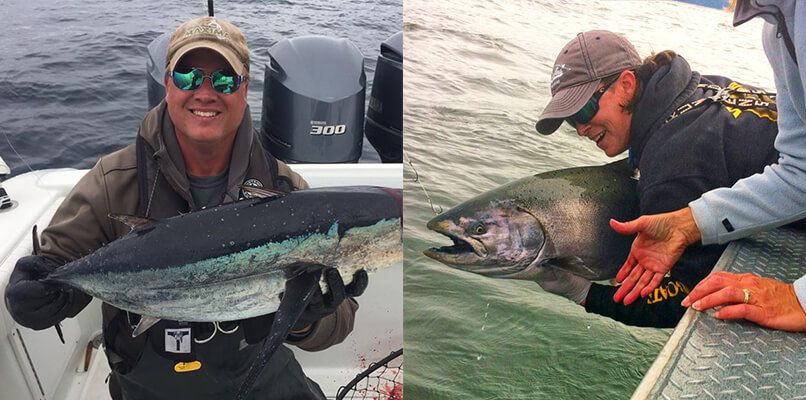Blog
Dungeness Crab – Crab Fishing – How to catch Dungeness Crab
Published by kmnewell
Crabbing is a lot of fun and an inexpensive and rewarding way for the whole family to get out and enjoy a day on the water with the added reward of catching a great meal!
This article focuses on crab fishing for Dungeness crab but could be applied to harvest other types of crab, make sure you check your local regulations before heading to the water.
Location
Dungeness Crab are found in the Pacific Ocean, its river estuaries, and bays. They inhabit the ocean and bays from as far south as Santa Barbara, California all the way north to the Pribilof Islands in Alaska, and every bay and river entrance in between.
This large population and wide distribution makes them a very popular target for recreational crabbers as well as an important economic resource for commercial crabbers and coastal communities.
When looking for a great place to catch Dungeness, remember that the general rule is “the closer to the ocean the better”. Dungeness need saltwater to survive and they find high levels of freshwater to be toxic. The higher the salinity, the more crabs you’re going to find.
Dungeness Crab can be found on all bottom types but the preferred bottom material for an adult Dungeness is sand or sandy mud.
Best time of day for crab fishing – incoming tide.
The best time of the day to catch Dungeness Crab is during the incoming tide. This tide doesn’t flow as hard as the outgoing tide and it’s easier for the crabs to walk around without fighting heavy current or getting washed away. The incoming tide also has a higher salinity so it is more comfortable for them.
When crab fishing in rivers you will find that the outgoing tide combined with the river’s flow is much stronger than the incoming tide and it’s a frequent occurrence for a crabber to start dropping their gear, just to watch the pot, line and floats all go under. The heavy outgoing current can suck your floats under. Don’t worry you can still get it back … as long as you weighted your pot heavily, it won’t go anywhere. You just have to wait for the tide to go slack and your floats will pop up.
Who is behind Total Fisherman?

Kevin Newell & Lacey DeWeert are the Total Fisherman team!
Total Fisherman Guide Service was founded in 2000 and we have enjoyed every minute since!
